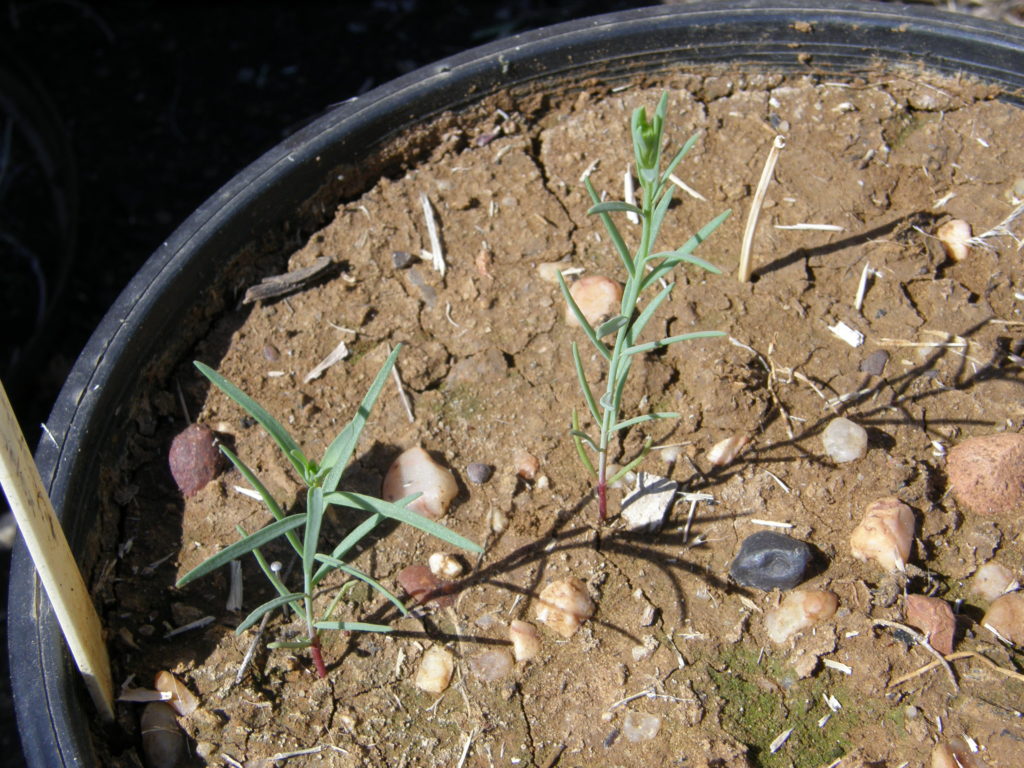Pimelea poisoning
Be on the lookout!
Cattle producers throughout western Queensland are advised to be on the lookout for pimelea poisoning this spring. Pimelea poisoning can otherwise be known as St George or Marree disease.
The recent prolonged drought conditions, sparse pastures and the incidence of reasonable cool season rains in some areas seem to be just the right mix to allow a significant population of pimelea plants to establish. Flaxweed is a common local name used for these native annual plants.
There are three main toxic species involved — Pimelea simplex, Pimelea elongata and Pimelea trichostacha. If animals eat a high enough proportion of the plant in their diet, all of these species can cause livestock poisoning at all stages of growth.
They can grow on almost any sort of open country and typically start out as small, thin spindly single-stemmed plants with smooth bluish leaves and a maroon stem base.
Typical signs of pimelea poisoning in cattle are:
- scouring
- swollen jaw
- prominent pulsing jugular vein in the neck.
Many have fluid accumulation in the brisket and underneath the chest. In sheep, dark scours is the main symptom and is often confused with the signs of intestinal worms. All classes of animals can suffer, and it is more likely to occur in animals that are new to the area, probably because they have no built-up rumen microflora to assist in detoxifying the poison in the plants and are uneducated about its toxicity.
Do not push affected animals but try to move them slowly to a paddock that does not have any pimelea in it. If that is not possible, try to give them extra good quality hay. Excessive stress from mustering or trucking can bring on heart failure. If animals have been recently brought into an infested area, watch them closely for signs of poisoning because it can occur very rapidly under the right circumstances.
Consult your local veterinarian or cattle husbandry expert for more detailed advice about treatment if you run into pimelea poisoning.
You’ll find information describing the clinical signs of pimelea poisoning, treatments and management strategies in the booklet Understanding pimelea poisoning of cattle (PDF, 2MB) or you can watch this YouTube video with Jenny Milson, Richard Silcock and Mary Fletcher for additional information.


Find AgForce’s October 2022 pimelea update here: AgForce pimelea update October 2022. The update summarises research progress to combat pimelea toxicity to date.